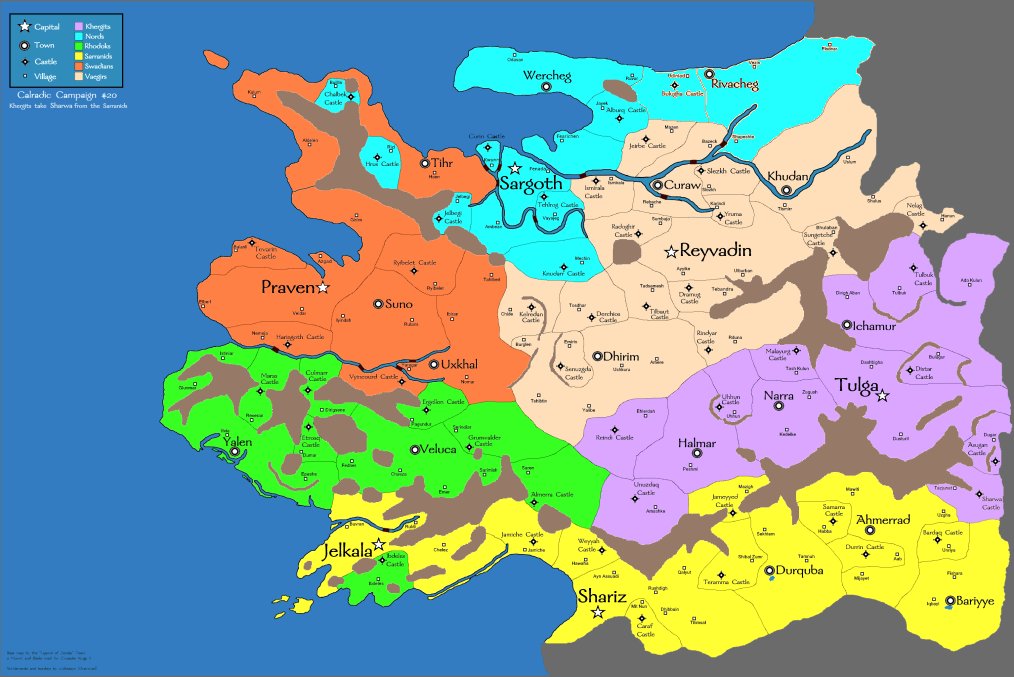


many Shinto shrines dot the base and ascent of Mount Fuji. Shinto is the indigenous faith or spirituality of Japan.

Mount Fuji has been a sacred site for practicers of Shinto since at least the 7th century. Many people start climbing Mount Fuji at night, as better to experience sunrise from the summit-Japan, after all, is nicknamed "the Land of the Rising Sun." The sunrise from Mount Fuji has a special name, Goraiko. "Huts" on the route up the mountain cater to climbers, providing refreshments, basic medical supplies, and room to rest. More than 200,000 people climb to the summit every year, mostly during the warmer summer months. Mount Fuji is the single most popular tourist site in Japan, for both Japanese and foreign tourists. In fact, the last time Mount Fuji erupted, in 1707, volcanic ash fell on Tokyo. It is only 100 kilometers (62 miles) from Tokyo, Japan's capital and largest city. It is an active volcano, sitting on a "triple junction" of tectonic activity: the Amurian plate (associated with the Eurasian tectonic plate), the Okhotsk plate (associated with the North American plate) and the Filipino plate all converge in the region beneath Mount Fuji. Mount Fuji is the tallest mountain in Japan, standing at 3,776 meters (12,380 feet). The mountain contributes to Japan's physical, cultural, and spiritual geography.


 0 kommentar(er)
0 kommentar(er)
